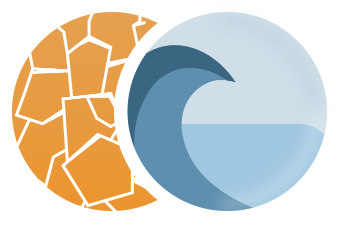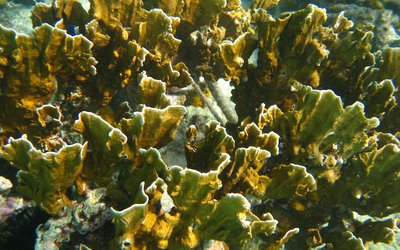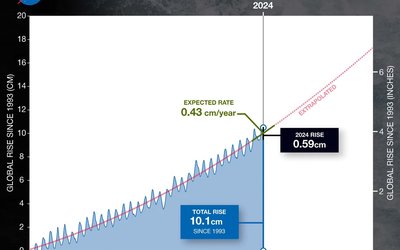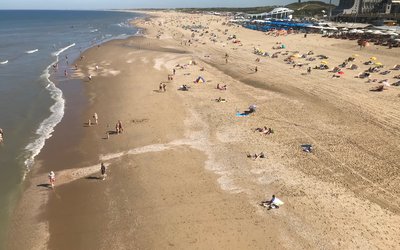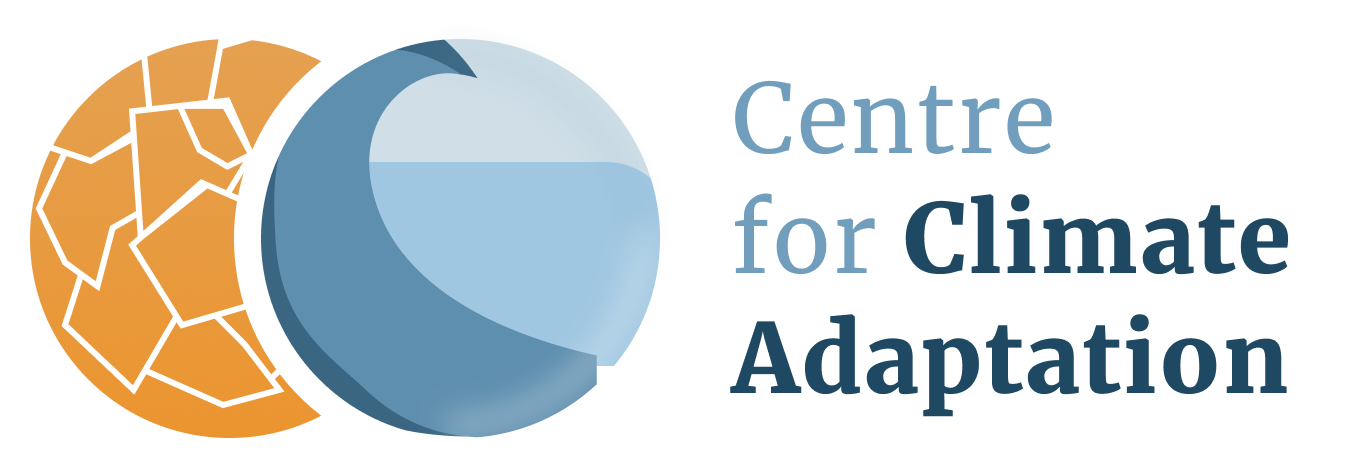Coastal erosion and coastal floods
Sea level rise may be more dramatic for the Dutch than for the German Wadden Sea
June 13, 2025
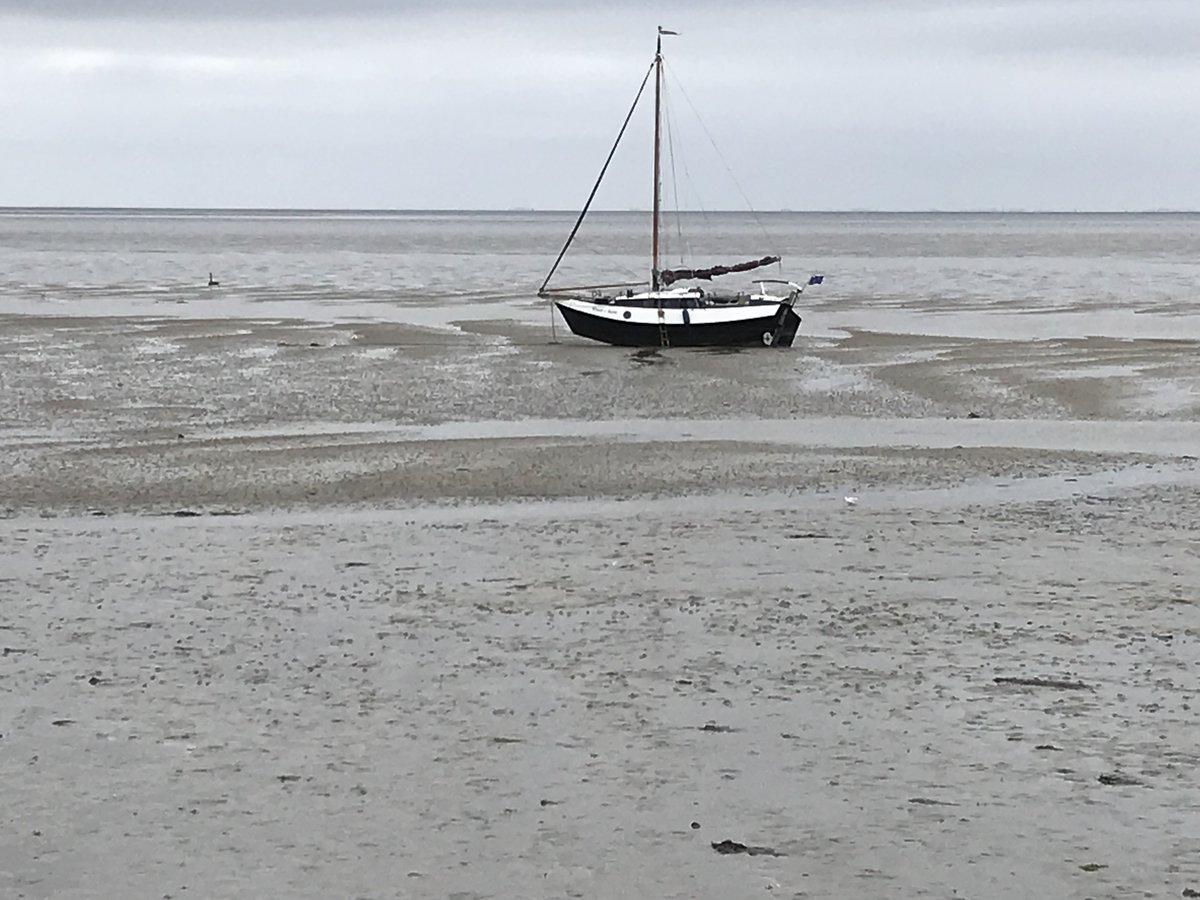
The Wadden Sea is the largest coastal sea in the world, dominated by shallows – tidal flats – that emerge at low tide and channels that connect the area to the North Sea. The Wadden Sea is separated from the North Sea by several islands. Channels in between the islands bring sediment into the area, allowing the tidal flats to grow vertically in response to sea level rise.
Critical rate sea level rise
The area – a UNESCO world heritage site, stretching along the coasts of the Netherlands, Germany and Denmark – may be very vulnerable to the accelerating sea level rise. If sea level rises faster than the tidal flats can accrete, the area will drown. The accretion rate of the tidal flats depends on the sediment supply from the North Sea, via the channels. Previous studies suggest that there is a critical rate of sea level rise where these shoals will drown and the Wadden Sea will turn into a lagoon.
Accretion rates
In a recent study, experts assessed the recent geomorphological evolution of the German and Dutch Wadden Sea over almost three decades, from 1996 to 2022. Parts of the area eroded, parts accreted, and the net effect was an import of mud and sand from the North Sea of almost 20 million m3 per year. Erosion occurred mainly in the channels, which became deeper. The tidal flats generally experienced slow accretion, with higher rates in the German part than in the Dutch part. In the German Wadden Sea, average accretion rate of these shoals was 7.9 mm per year. In the Dutch Wadden Sea, accretion rate was only 1.9 mm per year on average, slower than the rate of sea level rise.
Slow rate Dutch shoals
According to the authors of this study, the relatively low accretion rates of the shoals in the Dutch Wadden Sea may be related to a morphological adaptation of the area to the closure of two inland seas – the Dutch IJsselmeer and Lauwerszee – in the 20th century. These closures have turned the channels leading to these former inland seas into traps for mud and sand, which can no longer be deposited on the tidal flats.
Fate Wadden Sea
This study shows that the Dutch part of the Wadden Sea is already vulnerable to sea level rise. The authors are cautious, however, about the fate of the tidal flats in the Wadden Sea. On the one hand, they conclude, the relatively high accretion rates of the shoals in the German Wadden Sea demonstrate that sediment supply currently is sufficient for these shoals to cope with sea level rise. On the other hand, they emphasise the importance of providing abundant sediment supply to the tidal channels in the future to sustain accretion rates.
Source: Pineda Leiva et al., 2025. Communications earth & environment 6: 354.
